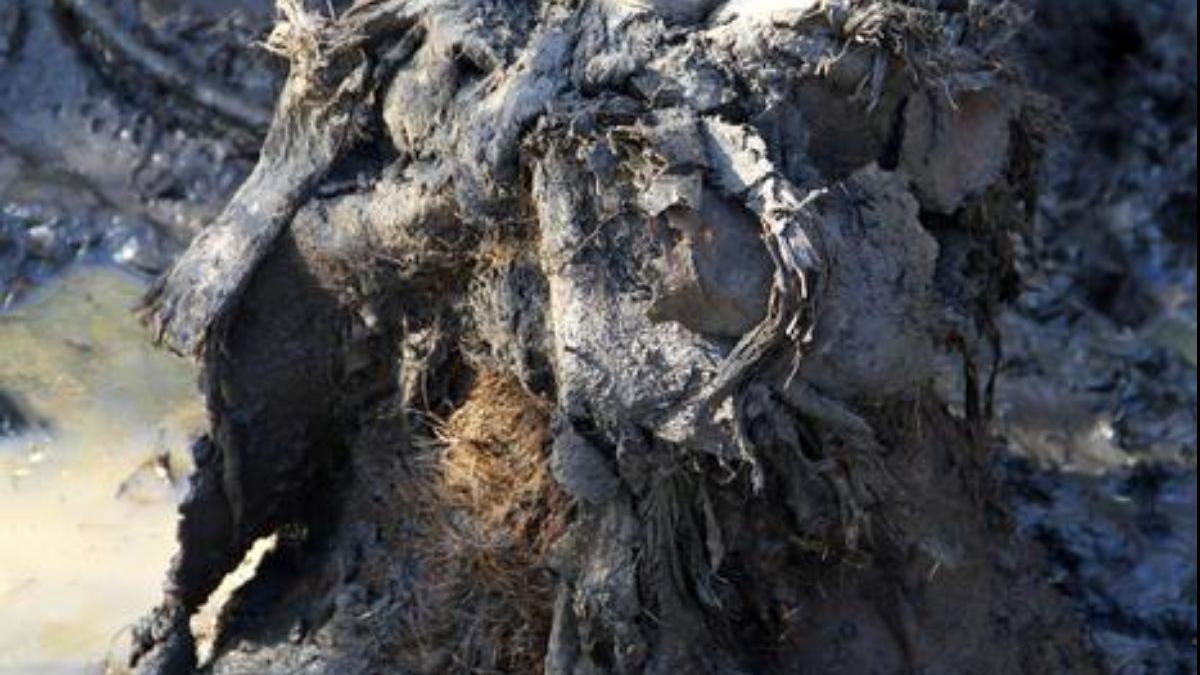First 3D reconstruction of mammoth chromosomes

A skin fragment, locked in permafrost for 52,000 years, has just allowed scientists to reconstruct mammoth chromosomes in 3D for the first time: a unique opportunity to expand our knowledge of these magnificent extinct animals. Never before has the genome and 3D chromosome structures of a specimen of this type been assembled from a sample of ancient DNA.
An international team of researchers from Baylor School of Medicine in the US, the Centre for Genomic Regulation (CRG) Barcelona in Spain and the University of Copenhagen in Denmark, among other institutions, have achieved the first 3D reconstruction of the woolly mammoth genome and chromosomes It is 52,000 years old and preserved in permafrost.
The scientific feat was achieved thanks to fragments of ancient DNA, which, thanks to the natural freeze-drying of the animal’s body shortly after its death, were preserved in excellent conditions. Freeze-drying is a method used to preserve food, vaccines or yeast indefinitely at room temperature, but it can also occur naturally. The team’s findings are summarized in a new study recently published in the journal Cell.
Unique facts about the woolly mammoth
As Cell Press reported in a press release, fossilized chromosomeswhich are about a million times longer than most ancient DNA fragments, provide information about how the mammoth genome was organized in its living cells and which genes were active in the skin tissue from which the DNA was obtained. All of this data is critical to learning more about this species, whose extinction process began about 10,000 years ago and ended about 4,000 years ago.
However, in recent years, various studies and scientific efforts have attempted to create conditions for the “revival” of mammoth specimens or to achieve “resurrection” of this speciesan initiative that has sparked various debates within the scientific community and in other fields due to a variety of ethical issues. Is this new study a concrete step in this direction?
“For the first time, we have woolly mammoth tissue and we know roughly which genes were turned on and which were not. This is a remarkable new type of data and the first measurement specific genetic activity of each cell “in any ancient DNA sample,” scientist Marc A. Marty-Renom, one of the authors of the new study, said in a statement.
28 pairs of chromosomes
According to an article published in Science Alert, scientists have determined that the woolly mammoth 28 pairs of chromosomes: This is the first time such data has been obtained from an animal that has been extinct for so long. This figure makes sense because the mammoths’ closest living relatives, elephants, also have 28 pairs of chromosomes. It is worth remembering that chromosomes are structures located in the center or nucleus of a cell and carry long fragments of DNA.
The researchers acknowledge that these findings have important implications for current efforts to reverse the extinction of the woolly mammoth, but this is only the first step of many that need to be taken. In addition, they believe that the technique used can be used to study other samples ancient DNA, including specimens from Egyptian mummies or recently preserved museum pieces.
Link
Three-dimensional genome architecture preserved in a 52,000-year-old woolly mammoth skin sample. Marcela Sandoval-Velasco et al. Cell (2024). DOI: https://doi.org/10.1016/j.cell.2024.06.002
